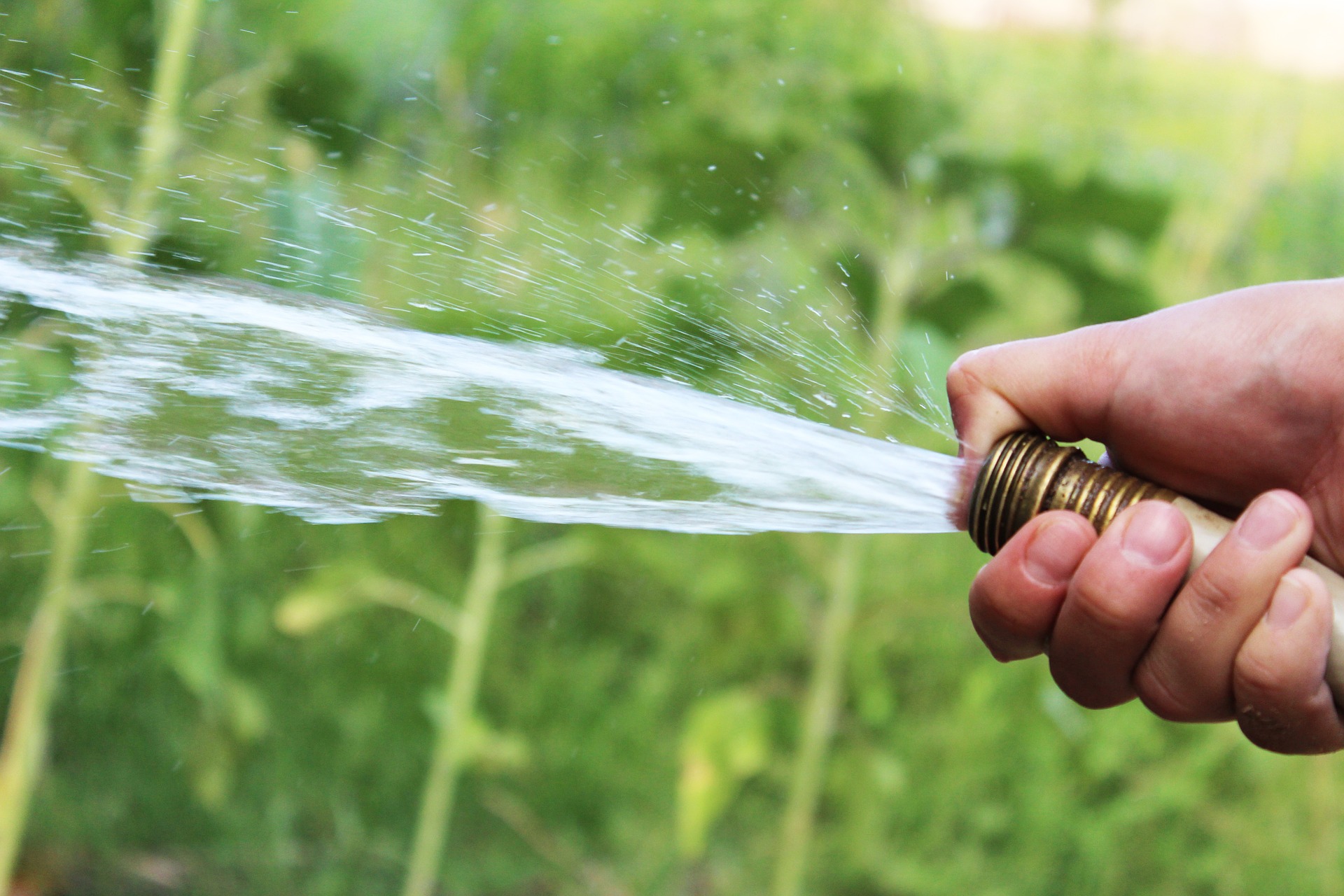In a jarring contrast to conditions during the drought, the San Diego County Water Authority is actually trying to drive up demand for its water.
As recently as the first months of this year, Californians were asked to conserve water. Well, they did. And they still are. Now, that’s a problem.
Demand for water is low. In San Diego, it’s so low that drinking water is just sitting in the main pipeline that delivers water from hundreds of miles away to the southern half of the county. Typically demand for water is highest during the summer.
When water sits around, particularly in the summer heat, it stagnates and can become undrinkable.
To keep water moving, the Water Authority’s staff is talking about ginning up demand for water by offering incentives to several water agencies, including the city of San Diego’s water department. This wouldn’t necessarily result in profligate water use, because the Water Authority may just want agencies, like the city water department, to switch from the cheaper water they have stored in their own reservoirs to more expensive water that the Water Authority sells them.
The Water Authority would do so by striking some sort of deal with agencies along the pipeline to increase their use of its water – just months after Gov. Jerry Brown said California had exited one of the worst droughts in the state’s history.
The Water Authority is thinking about offering a deal to the city of San Diego’s water department, the Padre Dam Municipal Water District, Helix Water District, the Sweetwater Authority and the Otay Water District.
It’s unclear what a deal would look like, though, or how long it would last.
“We expect the treated water demands to remain low out into the foreseeable future,” said Jim Fisher, the Water Authority’s director of operations and maintenance.
There are two types of water. The first is “raw” water that must be treated before it can be consumed by humans. The second, more expensive kind is water that’s already been treated.
In the future, the agency could change how the treated water pipelines are configured or come up with other ways of keeping the water from stagnating. But there’s a rush to solve the problem quickly.
That’s because the Water Authority has been flushing treated water through its pipeline to keep things clear and drinkable. That flushed water then spills into the Lower Otay Reservoir, a lake near Chula Vista.
Once the drinking water has been dumped into a lake, the water must be treated a second time before humans can consume it. That makes the region’s already expensive water even more expensive. So far this year, the Water Authority has lost $1.3 million worth of treated water, according to the agency.
If this sounds familiar, it is: A similar thing also happened last year, though the causes of that incident were more complicated than low demand.
Water Authority General Manager Maureen Stapleton told members of her governing board that she was frustrated by the ongoing situation.
“This is another example of unintended consequences,” she said, referring to water conservation efforts across the state.
Now, there’s another complication for the Water Authority. After a wet winter, the Lower Otay Reservoir is full. If the Water Authority keeps flushing water into it or if there’s more rain, water could come spilling out of the reservoir.
If the reservoir spills, whatever water topples out will be lost entirely. The Water Authority estimates it could lose another $4.5 million on water that spills.
So the Water Authority wants to take immediate action to increase the demand for water that flows through the pipeline, which is known as the Second San Diego Aqueduct. Right now, only 10 percent of the pipeline is being used. To avoid water quality problems, the pipeline needs to be 20 or 30 percent full.
Problems with “low flow” are not unique to San Diego. Across the state, people are using less water, which means that some water treatment plants that cost hundreds of millions of dollars have been sitting largely unused.
“People didn’t go back to the way they were using water previously,” said Damon Micalizzi, a spokesman for the Municipal Water District of Orange County. “Water needs to move to maintain water quality and that’s why you’re seeing some agencies have to flush more than usual, because as the temperature gets warm, that’s when you run into water quality issues.”
[divider] [/divider]





